The Porticoes of Bologna were inscribed as a UNESCO World Heritage site in 2021. Porticoes are everywhere in Bologna – over 60km worth. These covered walkways are definitely one of the city’s defining architectural features. Beginning in the middle ages, porticoes were established and spread in a somewhat capillary network- they were once made of wood and eventually brick and stone and finally reinforced concrete. In fact, 13th century law made porticoes compulsory – they were required for all new construction and any already existing buildings. This video is a great introduction to the mystique of porticoes in Bologna.
One of the most famous Porticoes in the city is the Portico di San Luca. It is the longest uninterrupted covered walkway in the world. It begins at Porta Saragozza (an ancient gate that was part of the original 13th century wall that surrounded the city) and takes you uphill to Santuario della Madonna di San Luca. (Sanctuary of the Madonna of Saint Luke). The path from Saragozza is just under 4km and it’s about 4,9km from the city center. The Sanctuary has been referenced as early as 1100 A.D. as a hermitage famous for a specific hermit called Euthymius who arrived from Constantinople carrying a cedar board with an ancient Byzantine image of the Virgin painted upon it. The current sanctuary church was built in the 18th century – replacing an earlier 15th century construction. The painting of the Madonna with Child, said to be painted by Saint Luke, is kept in a silver-plated copper case for protection. The sanctuary provides some amazing and panoramic views of the city below. The portico walk from Porta Saragozza to Santuario della Madonna di San Luca has been a pilgrimage or Bolognese rite of passage for centuries – a truly unique and exemplary version of this type of devotional covered walkway built in Italy’s baroque period/style.
The legend goes – that in the 15th century, excessive rain ruined crops and brought on famine. Monks decided to go down into the city in search of food. They, of course, took the Madonna with Child down into the city center with them. When they arrived, the rain stopped and the sun began to shine. The famine had been thwarted and an annual procession of the Madonna down into Bologna was born. This procession is a spring festival organized yearly – and the image of the Madonna is exhibited for a week in the center of Bologna at the cathedral of San Pietro. Some say the Portico di San Luca was established to protect the Madonna on this annual procession down into Bologna and back up to the sanctuary.
The ascent to the sanctuary through the portico is considered by the Bolognese an act of sacrifice, and it is said that reaching the sanctuary by foot can make a wish some true.
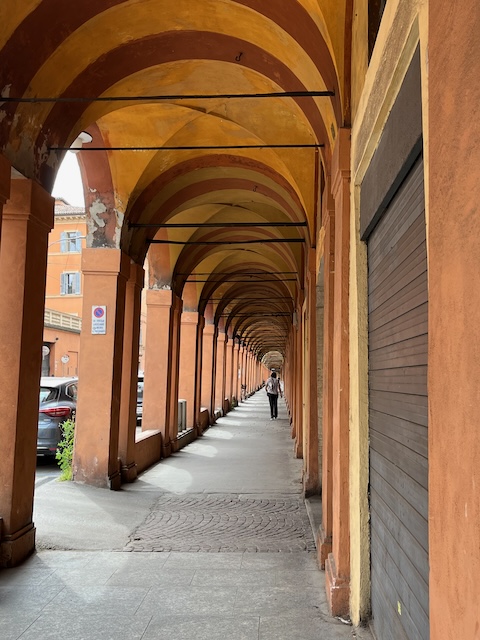
If you know me, you know I love some mileage and memorial walking or rucking. So, there was never any doubt about my desire to tackle this ascent myself. Humorously enough, after our very long day walking for F1 in Imola, we told ourselves we would take it easy. Apparently, “take it easy” meant tackling the ascent of Portico di San Luca.
We took a bus from our hotel area at Porta Galliera to Porta Saragozza, and off we went. The first 2km or so is fairly flat; and along this first section, you will find shops and cafés. We actually discovered the coolest vending area. Almost every snack and beverage imaginable is available in the vending machines…and more (see video below). There were signs in 7 languages on how to use the vending machines…and we must have been near the stadium primarily used for Bologna FC home games because there was another sign in Italian that said something about the purchase of alcohol in bottles and cans 2 hours before, during, and an hour after matches. We were so taken with it, we stopped and purchased some San Pellegrino Aranciata.
Shortly after the vending area, we passed through Arco del Meloncello. This is a very ornate 18th century Rococo structure/arch/portico/walkway that allowed pilgrims to cross the road (Via Saragozza) covered and uninterrupted. This is where your portico walk transitions from relatively flat/even to an ascent of alternating steps and inclines. This is also the point where shops and cafés are not longer along the route – so make sure you’ve got some water and have used the restroom before proceeding. This next 2km or so is where you begin to question your life choices 🤣. Fortunately, there are many little chapels, artwork, and dedications/memorials to honor the families that participated in the loan to establish/build the Portico di San Luca. These are great spots to stop and take a breather along the way.
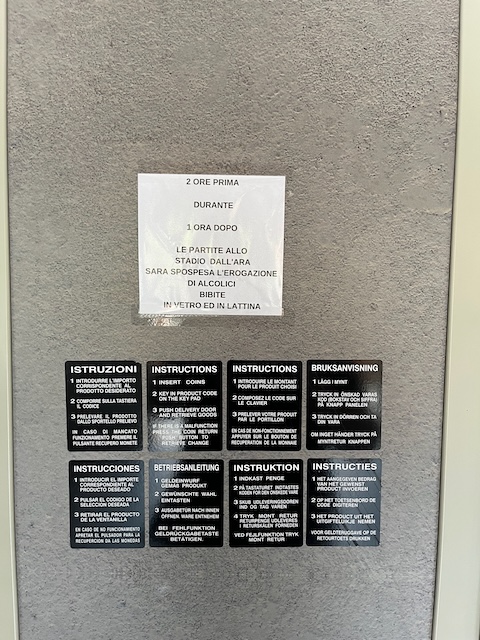
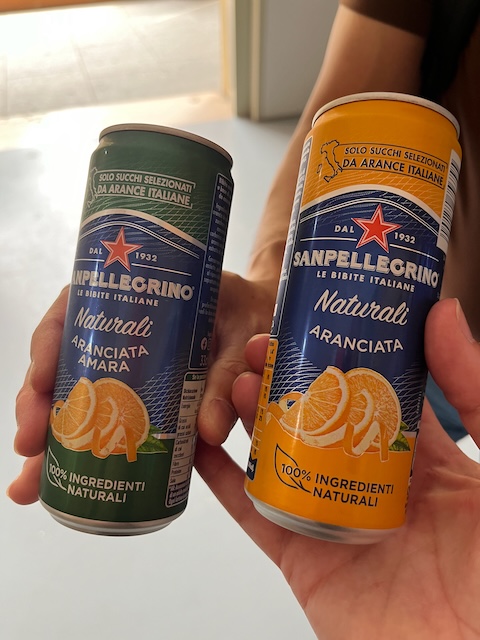
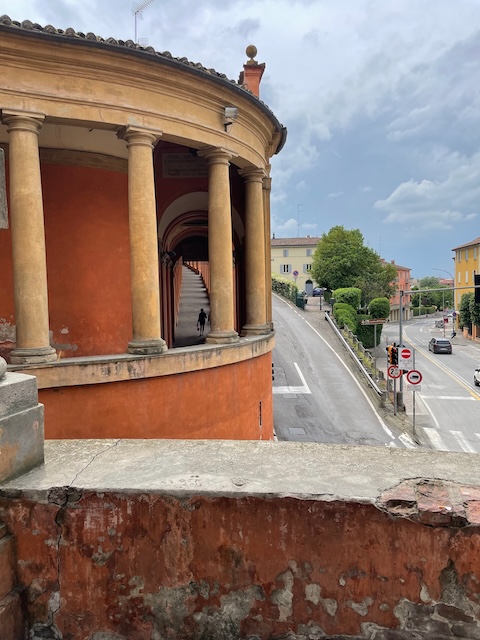

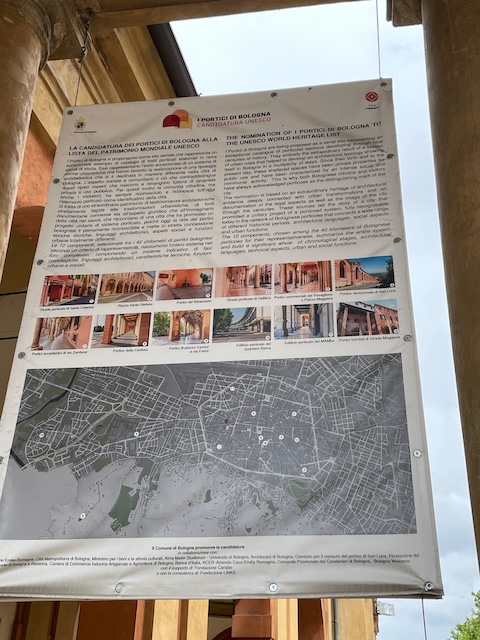
The views from the top and the church are definitely worth the climb. While the Portico di San Luca may be the most famous in Bologna – it is only about 4km of the over 60km of such covered walkways throughout the city. They’re everywhere and quite unique. We actually encountered rain several days during our visit, but abundant porticoes nearly made it a non issue.
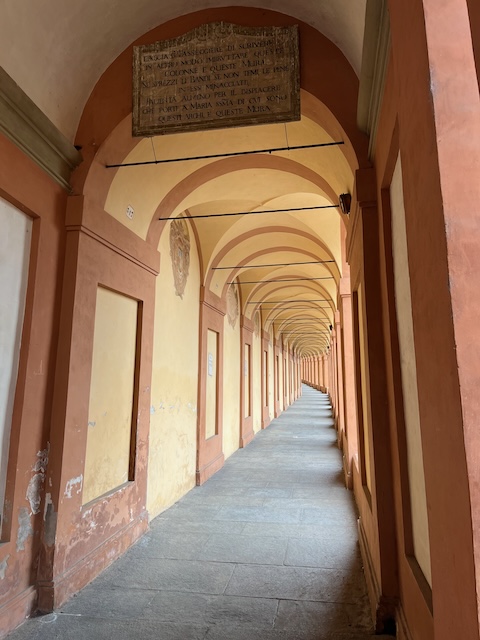
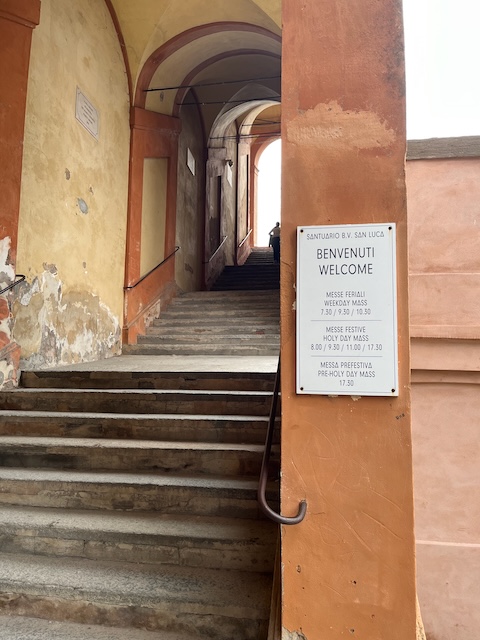
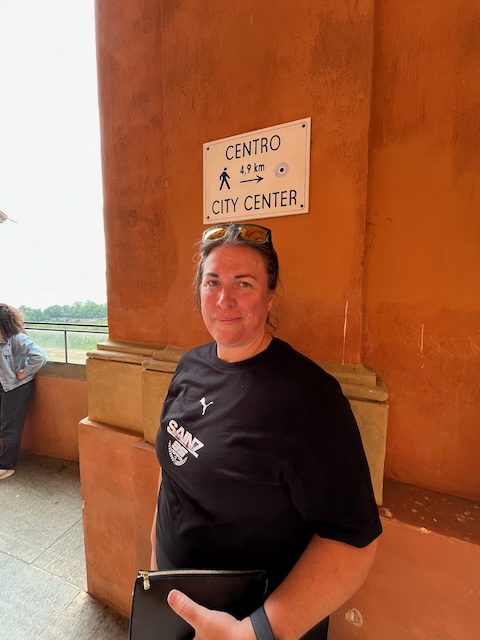
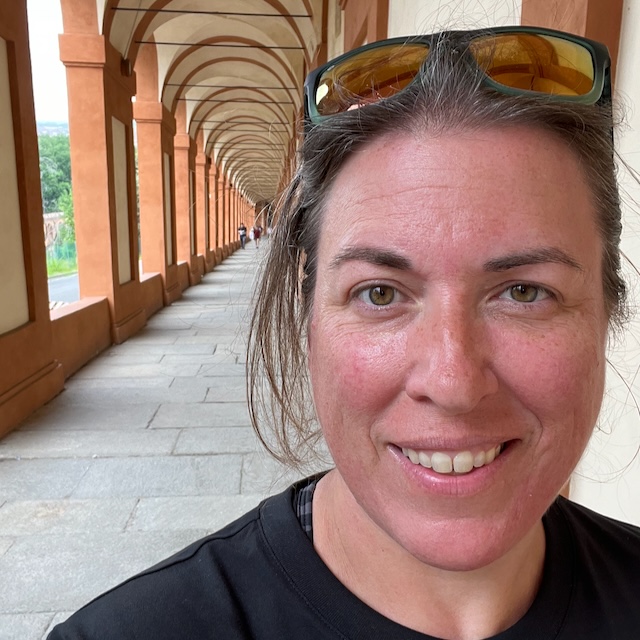
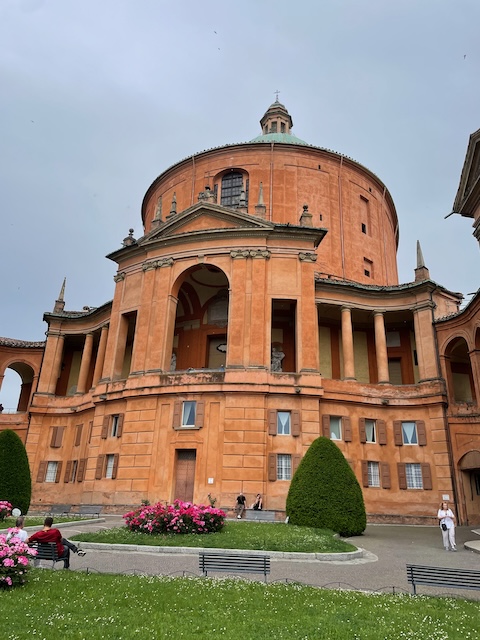
I wish I had taken more photos of other porticoes – there are large/wide ones, narrow ones, high ones, ornate ones, etc. Here’s a great link with some more images. I remember specifically the Portico della Morte (portico of death) which now is home to a large bookstore, Liberia A. Nanni. If you visit Bologna, it’s impossible to miss the Porticoes. I highly recommend the adventure of Portico di San Luca. If you’re not up for walking – I understand there is also a tourist train that will take you from Piazza Maggiore up to the Santuraio della Madonna di San Luca, too.
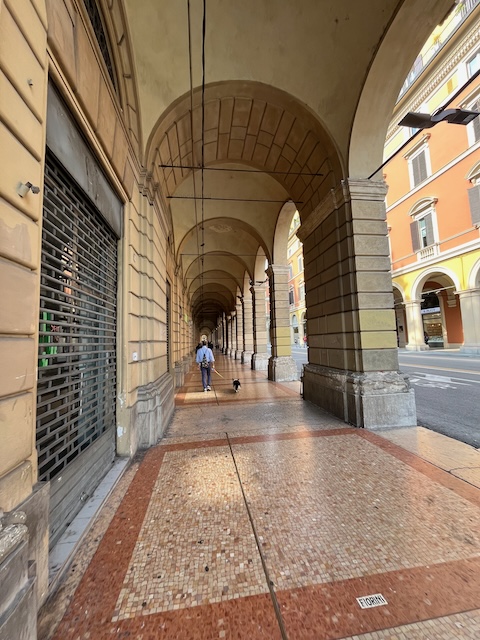
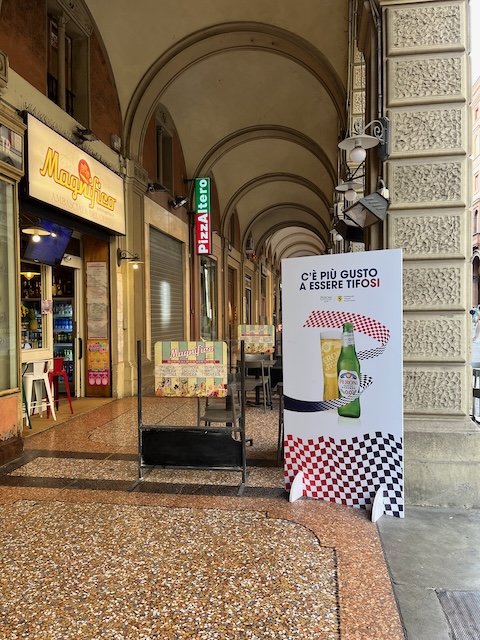
Discover more from The Rox Life
Subscribe to get the latest posts sent to your email.

One Reply to “Italy 2024, Portico di San Luca”